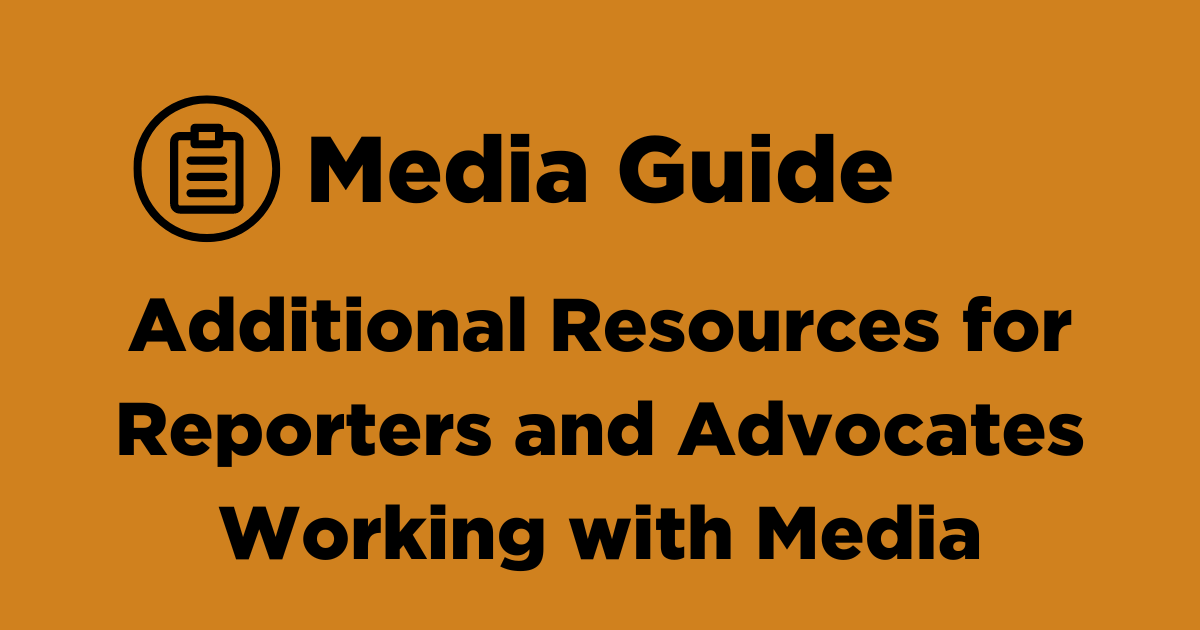Guidance and tips for journalists reporting on sexual violence.

Sexual violence is a complex societal issue that affects one in five women and one in 71 men in their lifetime1. This makes it an extremely important yet complicated topic to report on in the media.
We understand that reporting on these topics is a difficult task, and we appreciate the media’s commitment to doing so with integrity. The following resources provide guidance and tips for journalists reporting on sexual violence.
NSVRC Tip Sheet for Journalists
Issue 22: What’s missing from the news on sexual violence? An analysis of coverage, 2011-2013
Writing About Gender-Based Violence & Title IX: A Guide for Journalists & Editors
Use the Right Words: Media Reporting on Sexual Violence in Canada
The Right Way to Write About Rape
11 Resources for Responsibly Reporting on Rape
Reporting on Sexual Violence: A Dart Centre Europe Tip Sheet
How to Teach Reporting on Sexual Abuse
NSVRC also responds to requests from advocates who are working with the media. We provide information on how to interviewing, media advocacy, and more. The following resources can help advocates work with the media.
Sexual Violence & Journalism: Collaboration Beyond the News
Talking Points: A Guiding Document for Media Response and Community Conversations
Working with the Media—A Toolkit for Service Providers
1 Black, M. C., Basile, K. C., Breiding, M. J., Smith, S .G., Walters, M. L., Merrick, M. T., Stevens, M. R. (2011). The National Intimate Partner and Sexual Violence Survey (NISVS): 2010 summary report. Retrieved from the Centers for Disease Control and Prevention, National Center for Injury Prevention and Control: http://www.cdc.gov/ViolencePrevention/pdf/NISVS_Report2010-a.pdf
